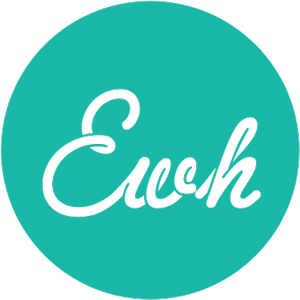
Beginnings
What does it take to draw in today’s young reader and persuade them to keep reading?
Last week, in the children’s lit class I’m teaching at Stony Brook Southampton, we looked closely at the beginnings of middle grade and YA novels. I made a list of important elements for my grad students… but I’d love to hear what else you consider when it comes to starting a story.
Here’s my crib sheet:
The beginning of your story has to accomplish several things. It must:
→ Introduce your setting
→ Introduce your main character/s
→ Establish the tone/rules of the world
→ Hook your reader and compel them to read on
The last point is perhaps the most important. Here, then, are some tips.
Good beginnings…
Start with an event, a problem or a change. Judy Blume says that novels should begin “on the first day that something different happens in your character’s life.” Don’t worry about backstory or exposition – that can reveal itself later.
Fulfill the premise – and promise – of your story. If your book is about a girl who can talk to animals, don’t wait 50 pages before she talks to, or hears from, an animal. Even if she doesn’t realize what’s happening yet, there should she be some hint right away of what your story is really about.
Raise questions. Questions propel the characters into action, and the reader into the next page, wondering what will happen next. What’s going on here? How or why did this happen? Who could have done this?
Avoid clichés. Childrens book authors often start books on the first day of school or the day a character arrives some place new. Although these are natural starting points because they involve a change, they’re also a little too common. Try to be fresh, original. Here are some other common/cliché beginnings to avoid:
→ The weather (“It was a dark and stormy night…”)
→ The hero waking up in the morning and thinking about his/her day
→ A dream or a vision
→ A death
→ Starting with the present, and then going into flashback mode to provide exposition
Establish the rules of the world. If your story is set in a world in any way different from ours, then some hint of how the world works, or the rules operating there, should be in your opening – but remember to show rather than tell. Reveal or demonstrate the rules in action as opposed to describing them through exposition.
Establish the tone, style and pacing of the book. Your opening scene sets the overall mood of your story, whether its dark, funny, contemporary, lyrical, whatever. Whatever the primary tone of your piece is, your initial scene should establish that feeling.
